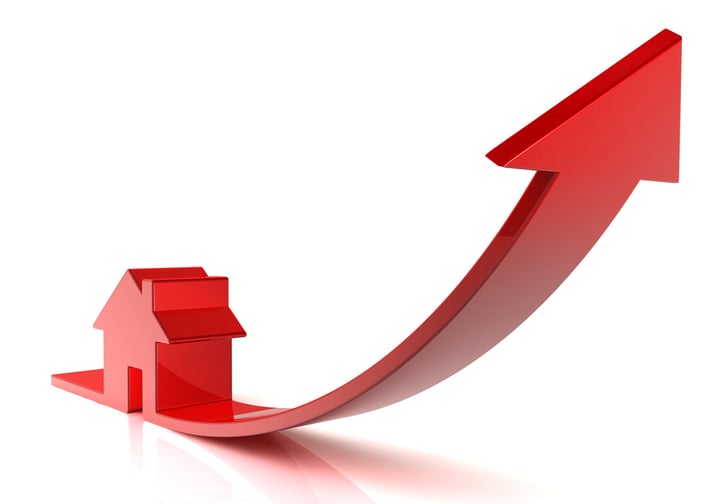The first-home buyer amendments that will be rolled out by the NSW government are likely to boost demand for this segment of the market, according to
Tim Lawless, head of research at
CoreLogic.
The new measures,
which were outlined last week by Premier Gladys Berejiklian and Treasurer Dominic Perrottet, will provide first-home buyers with a stamp duty exemption for properties with price tags under $650,000.
This exemption, and a raft of other housing affordability measures, will come into effect on 1 July.
“Abolishing stamp duty for first-home buyers is likely to create some headaches for eligible buyers who have recently entered into contracts. Additionally we can expect first-home buyer activity to stall before surging higher on July 1, 2017,” Lawless said. “[However] the long term outcome may be self-defeating due to higher demand pushing up prices.”
First-home buyers are severely under-represented in the current mortgage market, according to the Australian Bureau of Statistics (ABS). They compromised only 8% of owner-occupier mortgage commitments in March 2017, which is only marginally higher than the record low of 7.5% recorded in September 2016, and well below the long-term average of 17%.
The current policy provides a stamp duty exemption to first-home buyers who purchase new homes with a price tag under $550,000. The new policy has substantially broader scope, according to Lawless, as it provides exemption for both new and established housing with a price tag under $650,000 and sliding discounts up to $800,000.
“To put these limits into context, over the past twelve months, 45.4% of dwellings sold across New South Wales had a price tag of $650,000 or less and 58% of dwelling sales had a price tag $800,000 or less. The proportion of properties that meet the exemption criteria falls away sharply if the analysis is confined only to the Sydney metropolitan area where 25.8% of dwelling sales over the past twelve months were at a price of $650,000 or less,” Lawless said.
With investor demand likely to slow down due to higher mortgage rates, tighter credit policies, and lower yields, there is also the potential that an increase in first-home buyer demand could fill the “hole” left by fewer investors in the market, as well as offset the recent slowdown in the pace of capital gains.
First-home buyers still need to contend with the challenge of raising a deposit, which has been cited as a major barrier to market entry. Nevertheless, “those buyers who can’t stump up a 20% deposit have been given another leg up, with stamp duty for lenders mortgage insurance also abolished,” Lawless said.
Stamp duty on lenders mortgage insurance (LMI) is charged at 9% of the premium. Hence, a first-home buyer with a 5% deposit on a $650,000 property is likely to save themselves around $2,250 (based on a premium of $25,000).
Removing or reducing transactional costs will lead to mixed results
Removing or reducing the transactional costs for first-home buyers is likely to lead to both positive and negative results across the NSW housing market, according to Lawless.
“From a positive sense, policies aimed at improving housing accessibility for first time home buyers are likely to be positively received. Sydney is Australia’s most unaffordable housing market by any measure, and for many buyers, the cost of entry, including stamp duty and raising a deposit, is the most significant barrier to entry. On a $650,000 dwelling purchase, a non-first home buyer would be paying stamp duty costs of around $25,000; so the exemption is a substantial cost saving for a first-home buyer,” he said.
On the negative side, it’s widely accepted that policies aimed at stimulating demand tend to push property prices higher. There is the possibility that the new policy could ultimately be self-defeating, as it would increase housing demand and place further upward pressure on price growth. This, of course, would make affordability even worse.
Related stories:
NSW government unveils new FHB package
Softer housing market no confirmation of peak
Lender sounds climate change alarm for real estate


